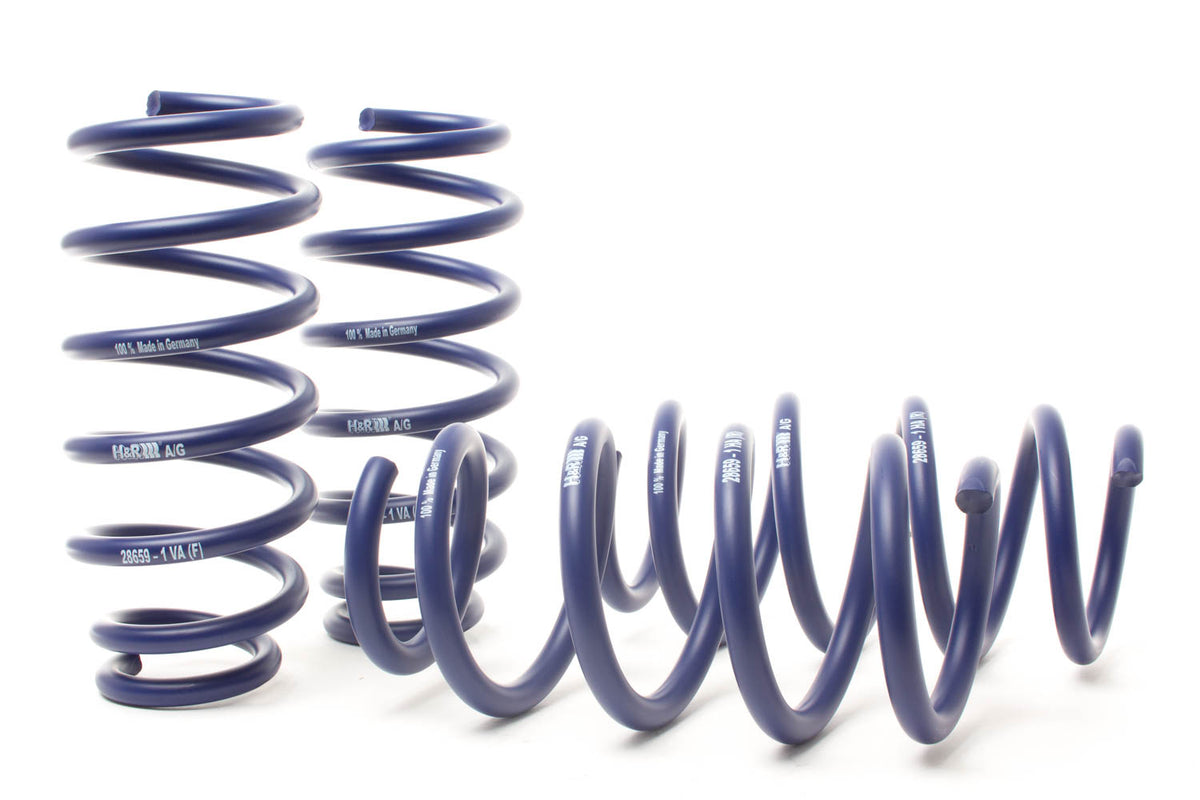Anyone have any comparisons with these on ride quality or extra stress they may or may not put on the shocks?
I've personally only done coilovers on my past cars, but I'm no longer going to the track and this is just for around town
I've personally only done coilovers on my past cars, but I'm no longer going to the track and this is just for around town




